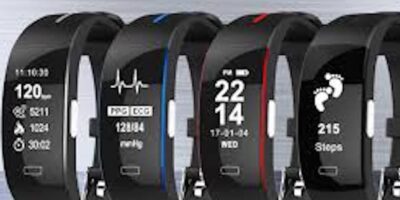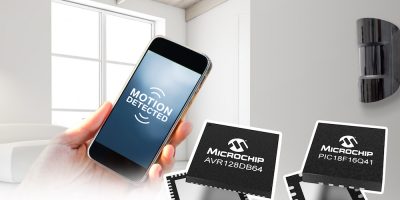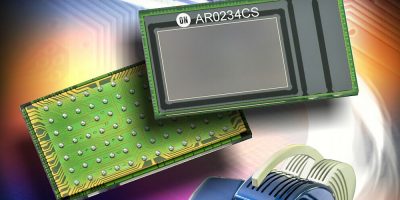To remove development obstacles and to accelerate IoT innovation, Farnell and ON Semiconductor have developed a development framework to simplify building IoT-enabled devices.
Farnell, an Avnet company, is now shipping a range of ON Semiconductor products to support the framework developed by the manufacturer and Avnet, to help OEMs more rapidly develop end-to-end IoT devices.
The IoTConnect framework simplifies the process of building IoT-enabled devices through rapid prototyping, says Farnell.
“Avnet, via Avnet Silica and EBV Elektronik in Europe, and ON Semiconductor are offering solutions to meet the changing needs of OEMs and their customers. By leveraging expertise across the Avnet organisation, and working closely with ON Semiconductor, we’re are to provide new ways to help OEMs stay competitive, maximize revenue potential, and design with the right technologies to create secure IoT solutions,” says Lou Lutostanski, vice president of IoT, Avnet.
The first supported product from ON Semiconductor is the RSL10 sensor development kit, suitable for applications such as industrial wearable devices, asset monitoring and smart sensing. The development kit features what is claimed to be the industry’s lowest power flash-based Bluetooth Low Energy radio and an array of advanced environmental sensors, including an inertial sensor (three-axis accelerometer, three-axis gyroscope and a low power smart hub for motion sensing), a geomagnetic sensor and an ambient light sensor. The distributor offers the base version, the RSL10-SENSE-GEVK, and the RSL10-SENSE-DB-GEVK kit which has a debugger.
The ON Semiconductor range is available from Farnell in EMEA, Newark in North America and elememt14 in APAC.
ON Semiconductor supplies a portfolio of energy efficient, power management, analogue, sensors, logic, timing, connectivity, discrete, SoC and custom devices for customers in automotive, communications, computing, consumer, industrial, medical, aerospace and defence applications.
It has a network of manufacturing facilities, sales offices and design centres in key markets throughout North America, Europe and the Asia Pacific regions.
Farnell has over 80 years’ experience in the distribution of technology products and solutions for electronic system design, production, maintenance and repair. It uses this experience to support its broad customer base, from hobbyists to engineers, maintenance engineers and buyers, working with leading brands and start-ups to develop new products for market, and supporting the industry as it seeks to develop the current and next generation of engineers.
Farnell trades as Farnell in Europe, Newark in North America and element14 throughout Asia Pacific. It sells direct to consumers through a network of resellers and its CPC business in the UK.
Farnell is a business unit of Avnet, which has an extensive ecosystem that delivers design, product, marketing and supply chain expertise for customers at every stage of the product lifecycle.







